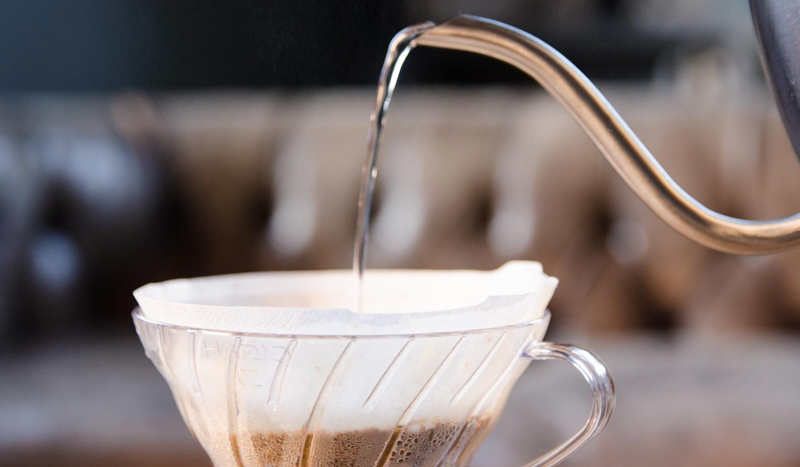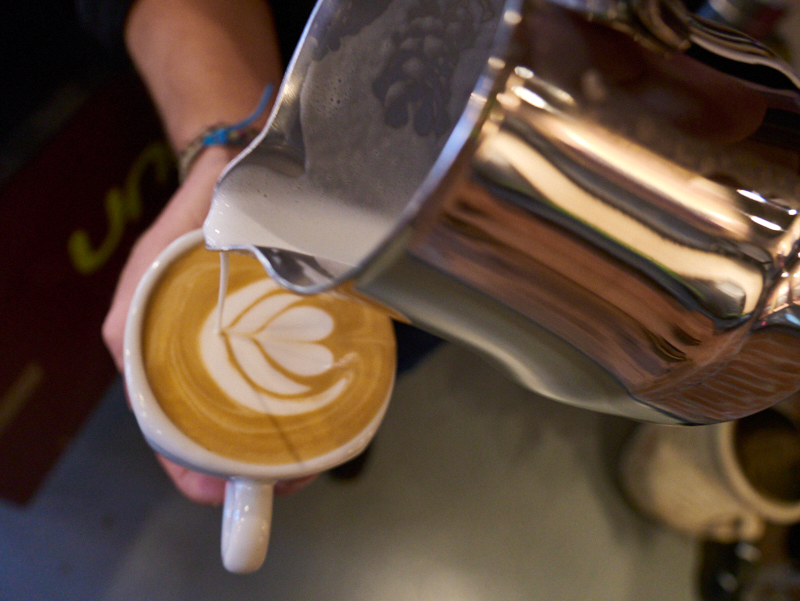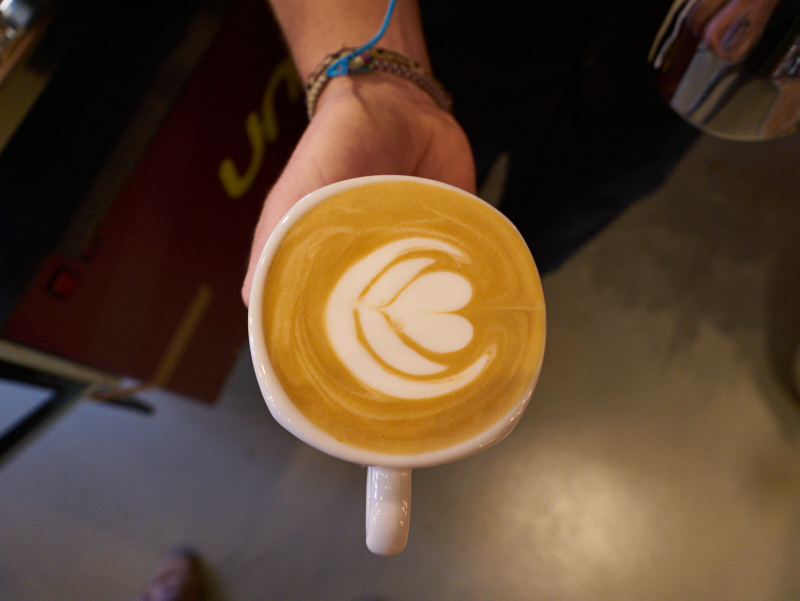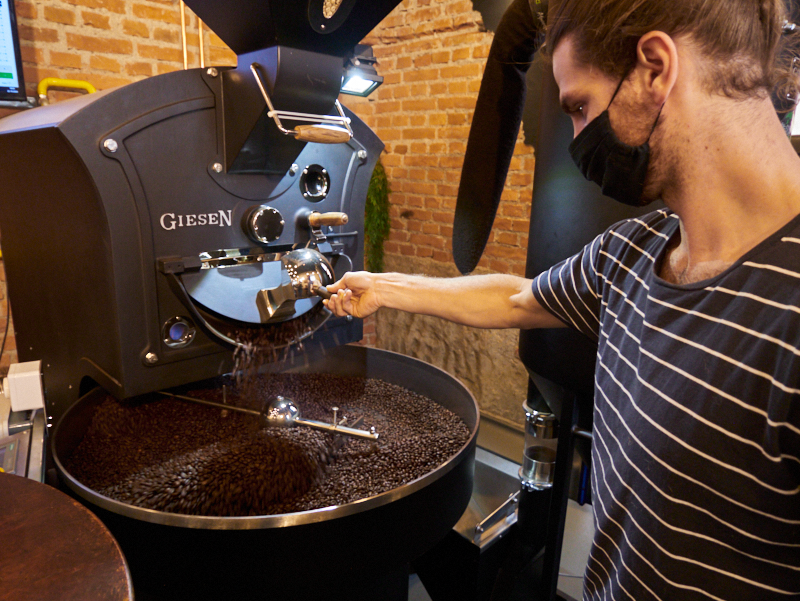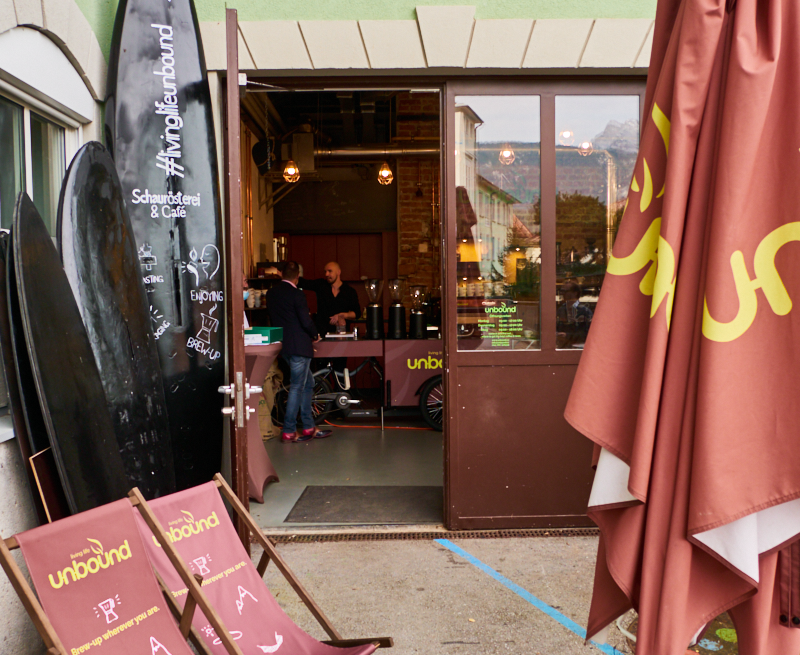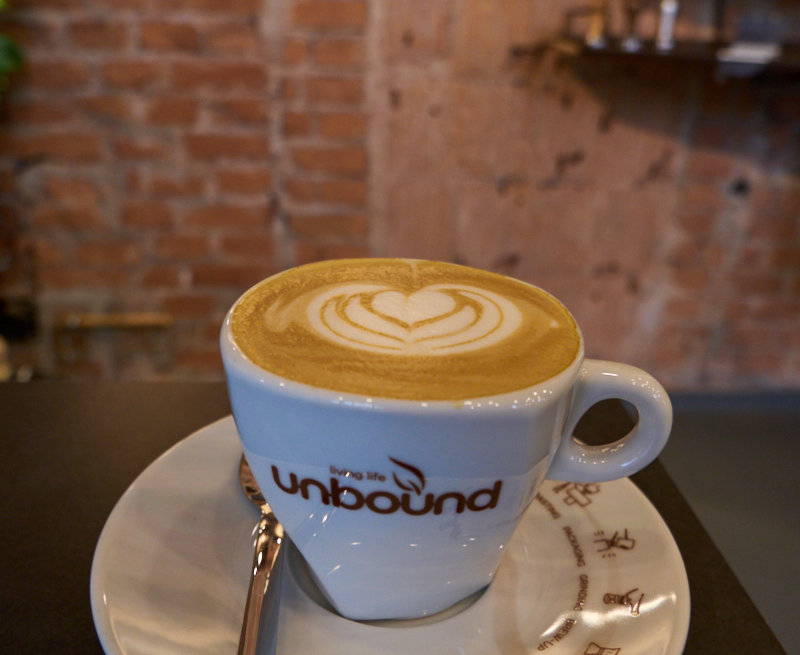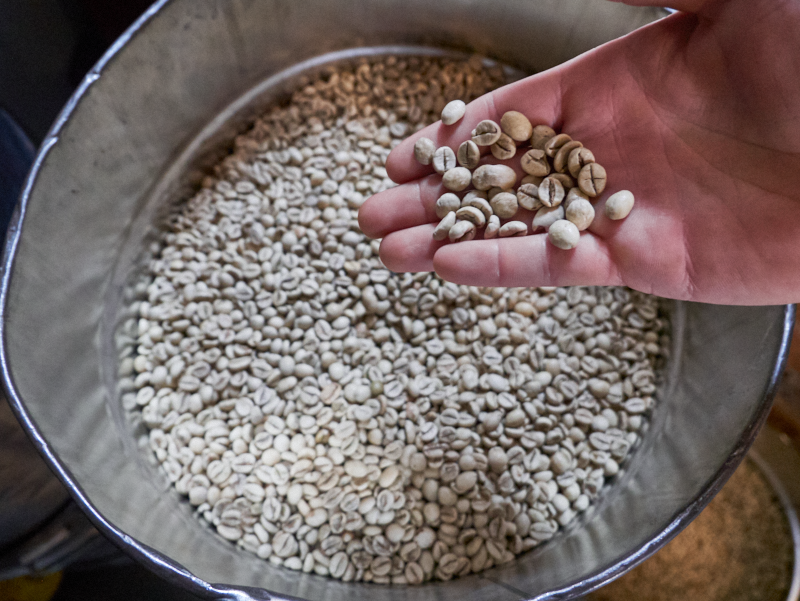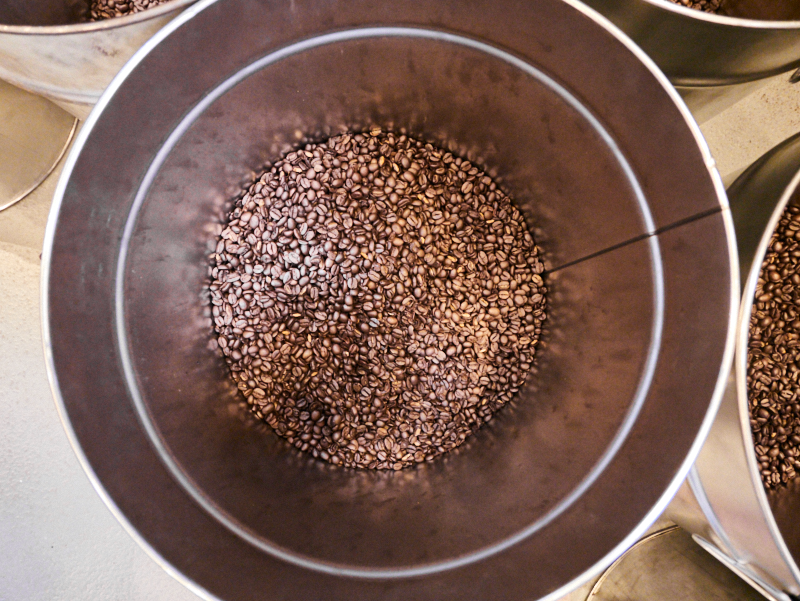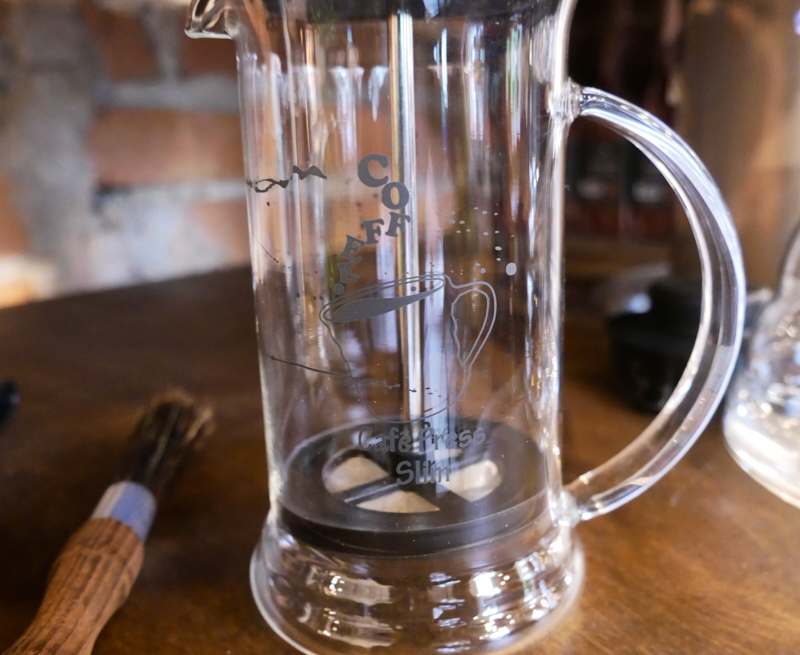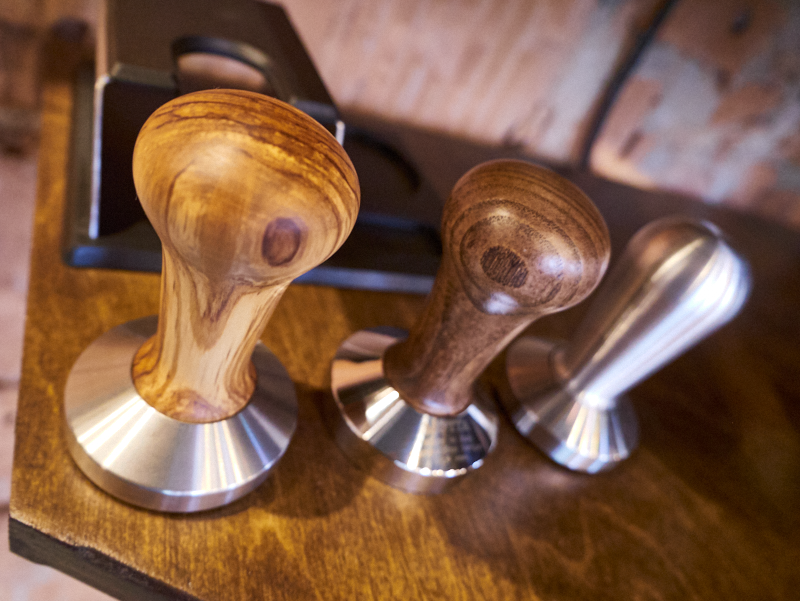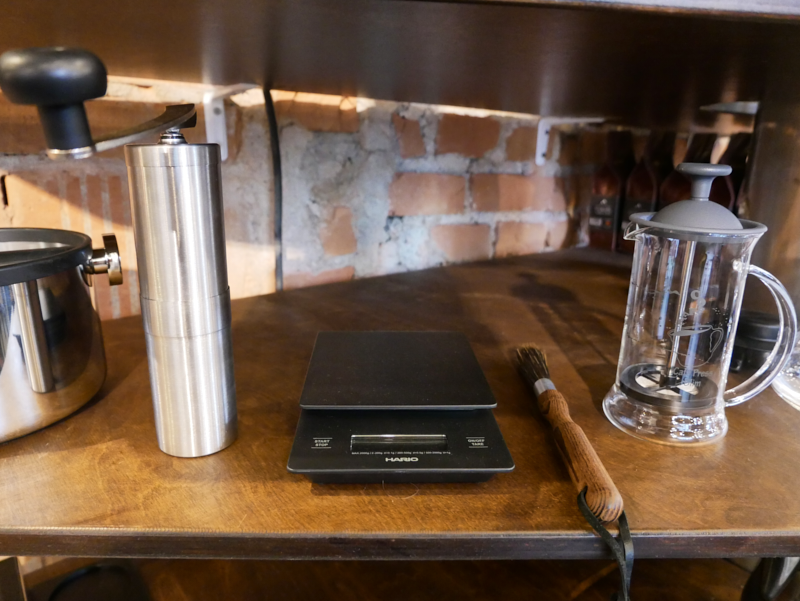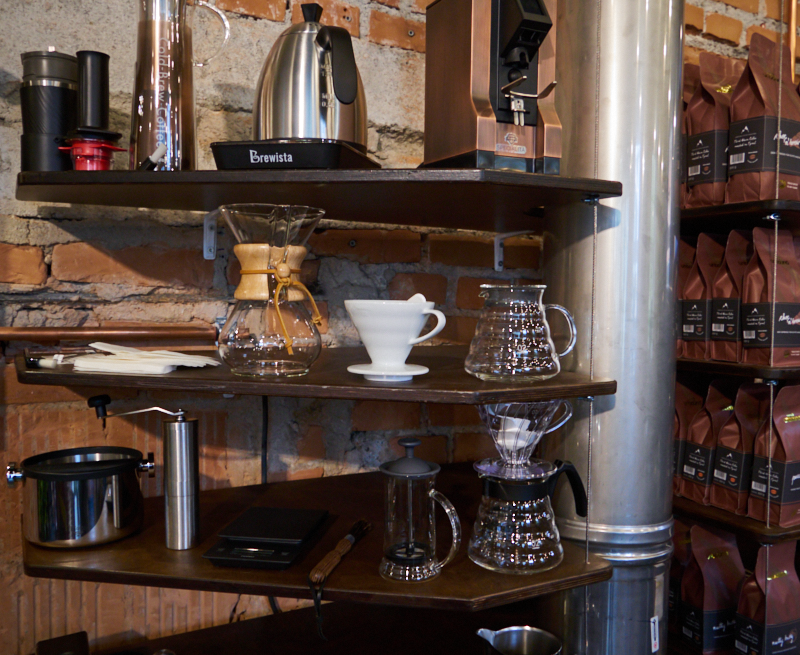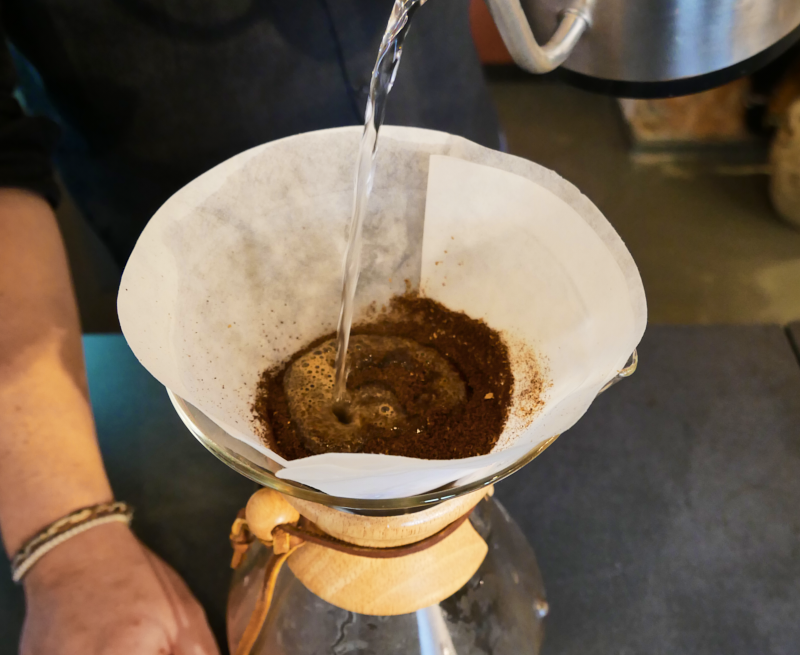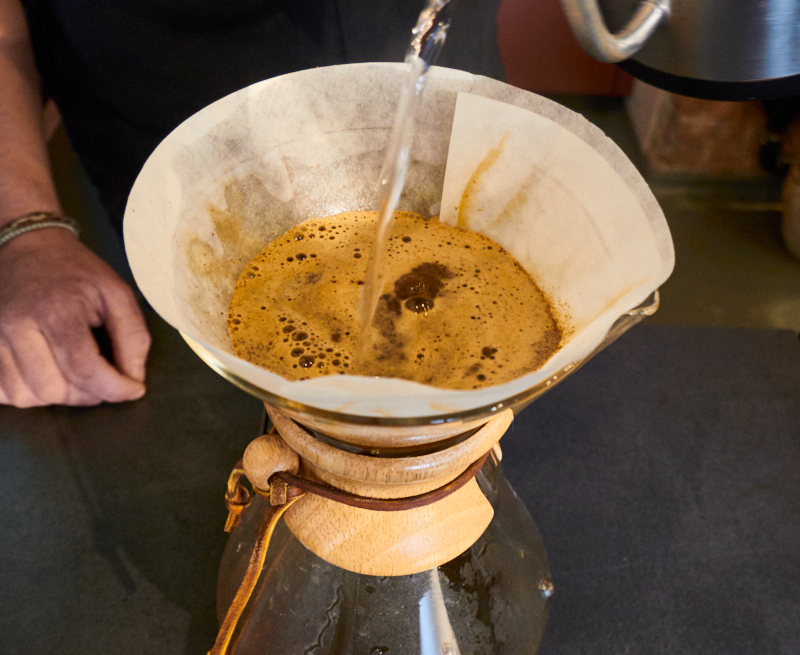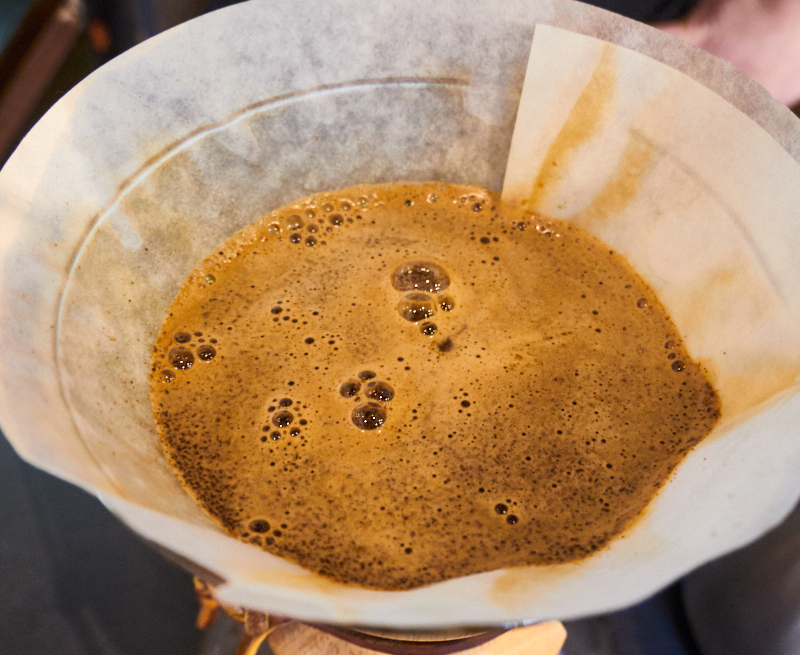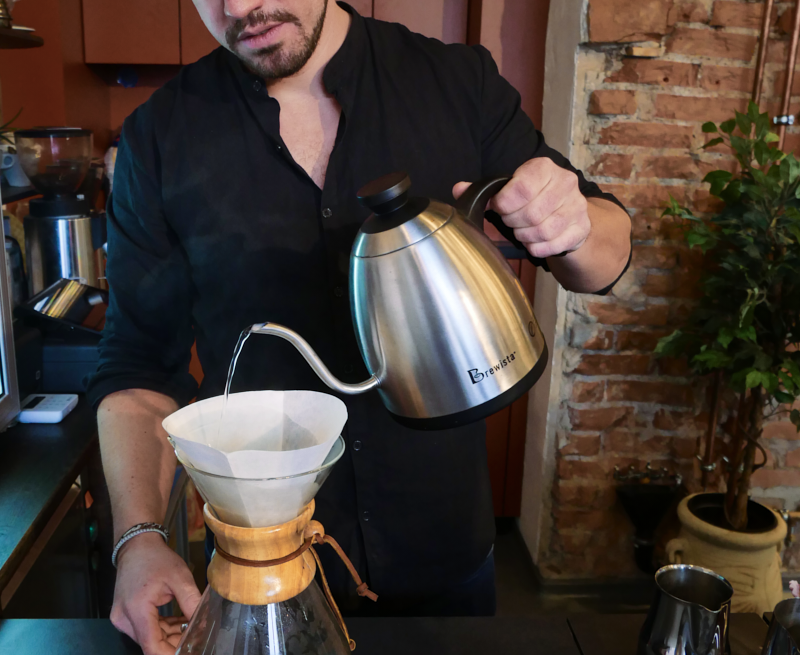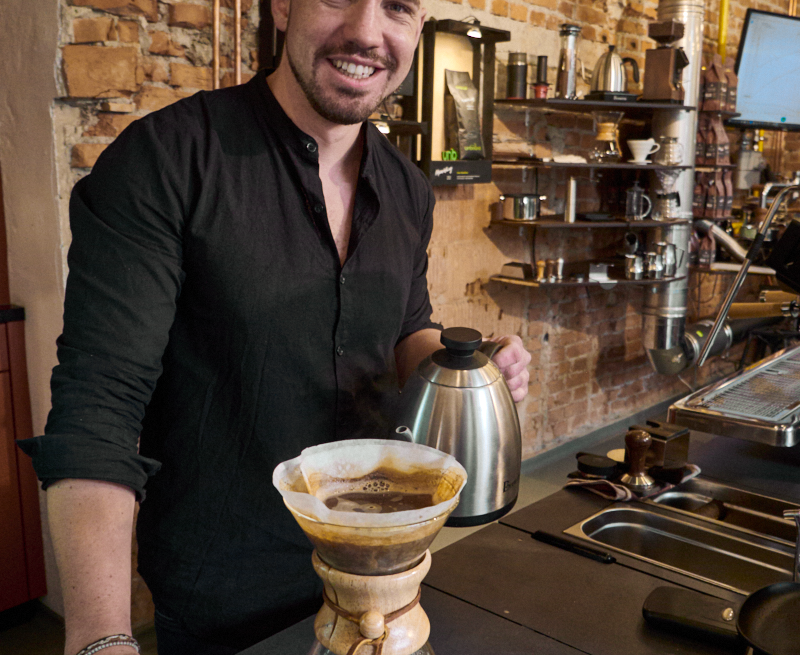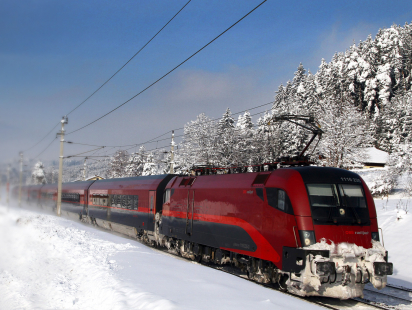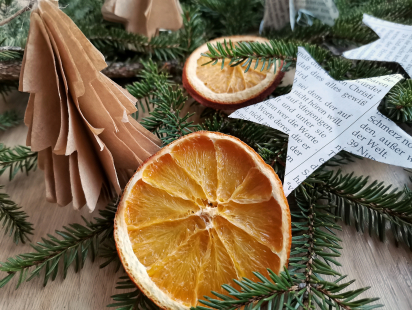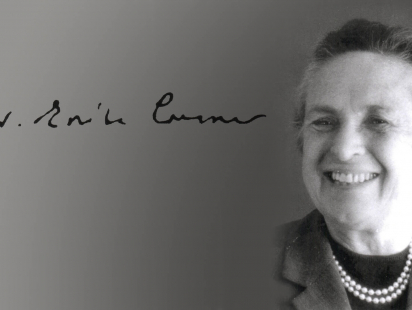Most people can't and don't want to do without it. Whether as a daily kick-starter in the morning or against the motivational low in the afternoon; whether black or with milk, as espresso or cappuccino - coffee is much more than just a warm drink. Coffee wakes you up and has a calming effect at the same time. Coffee is a social ritual and a daily time-out for yourself. Good conversations, old and new acquaintances, family reunions are usually accompanied by a good cup of coffee. But what actually is a good cup of coffee? And, do we perhaps even drink something day in and day out that we don't really like, simply because we are so used to it? I was a guest at the unbound coffeeroasters in Wattens, strong advocates of the 3rd wave of coffee in the middle of Tyrol. There I was not only served sensational coffee, but also some facts that raised the awareness for my favourite drink to a new level.
3RD WAVE OF COFFEE
Many of us are consciously or unconsciously in the middle of it: The second 'coffee wave' is characterised by mass production and the resulting loss of quality. The third coffee wave wants to create awareness and invite coffee drinkers to take a closer look - and above all to taste. The aim is to shake our passive consumer society awake and to lead the half-hearted coffee drinker to a critical examination. Because only those who consciously recognise and appreciate good quality can also enjoy it to the full. But what exactly is so wrong with the mass-produced coffee bean and how does good quality differ from inferior quality?
WHERE - WHO - HOW
Factor 1: The origin. Where? Similar to wine, the climate and soil conditions of coffee beans have a strong impact on the taste and aroma of the final product. At what altitude is it grown? In harsh weather conditions, plants grow more slowly and only the robust varieties survive - intensifying the diverse flavours. Different soil cultures can also have an impact on the bean, such as banana or cocoa plants in the immediate vicinity.
Factor 2: Who? There is a direct and personal relationship between coffee farmer, roaster and trader, where all parties experience fair conditions. From harvesting to roasting - small quantities are processed and emphasis is placed on craftsmanship. Mass-produced coffees are often roasted too hot and dark, masking the original flavor of the bean. Dark roasts are not bad per se and, especially in the case of the classic Italian espresso, they are desirable. Nevertheless, it is a pity that the majority of coffee drinkers do not even know which flavours are still to be discovered! Coffee can taste fruity, nutty or even chocolaty - and the 3rd wave of coffee wants to preserve this variety of flavours.
Factor 3: How? This is where you come in! The finest bean and the best roasting are of no use if the preparation is done half-heartedly. But if you're worried that you'll have to empty your bank account to buy a fancy portafilter machine, you're wrong! Flo Mayrhofer, founder of unbound and a trained barista, explains that the full potential of the coffee bean can be exploited with simple preparation methods, cheaply and at home. Provided you follow a few principles and are willing to throw your own routine overboard.
THE FILTER COFFEE
What your grandma already knew..
Filter coffee is currently experiencing a revival and is on the menu in more and more hip coffee shops. This method can be used to tease out a particularly large number of flavour nuances from the bean, as a light roast is used here. Brewing filter coffee feels ingeniously simple yet complex in equal measure. However, if a few basic rules are followed, it has what it takes to become the new (old) star in your everyday coffee life.
From the French press...
and tampers,
all the way to the mill and scales -
everything the coffee freak needs!
ESSENTIALS:
- The grinder: Many connoisseurs declare the grinder to be the most important factor in the brewing process. Ideally, you grind the whole bean directly before the brewing process. The hand grinder is more budget-friendly and muscle-strength-enhancing - including an extra portion of deceleration. Even fine grinds can be achieved with a good hand mill. For filter coffee, however, you need a medium to coarse grind - a medium-grade electric grinder will suffice here.
- Hand filter/filter carafe (Chemex) and paper filter: A classic Chemex made of glass convinces with easy handling and beautiful design. To go with it, you need the matching paper filters. Clearly, this has style! The Chemex is available for up to 3 or up to 6 cups. Ideal for all those who like to have more than one sip of their coffee. Another phenomenon of filter coffee: it tastes really good even lukewarm or cold!
- The kettle: Not too hot! The water should be around 95°C. If your kettle doesn't have a temperature display, simply let it cool down for about a minute after boiling.
- The scales: Use kitchen scales to weigh out the ideal amount of coffee. The rule is: 6/7 g of coffee powder per 100 ml of water. After a few times of accurate weighing, your sense of proportion will be trained and you will get a good feeling for your personal coffee quantity and the appropriate rations.
- Ah yes, and of course: your favourite type of coffee!
HOW TO:
- Grind the appropriate amount of coffee in the medium/coarse grind.
- Place the paper filter in the carafe and rinse without powder with a little hot water (remove the water from the carafe again).
- Add ground coffee to paper filter and pour some of the water in a circular motion - wait until bubbles are gone.
- Infuse with the remaining amount of water.
- The brewing time should be about 3-4 minutes. Basically, the brewing time is also an indicator that the coffee-water ration is correct.
TYROLIAN 3RD WAVE OF COFFEE ADVOCATES!
The 3rd wave of coffee has already taken hold in and around Innsbruck and there are several roasteries and coffee shops that stand for a more conscious enjoyment in our rusty coffee culture.
At unbound coffeeroasters you can order high-quality coffee and all accessories for your home in the online shop, or pick it up and taste it directly in the workshop in Wattens. The roastery is also located there, where you can watch the team at work and learn more about the craft.
Brennpunkt Coffee Competence also roasts in Innsbruck. The blends are available directly in the cozy coffee shop at the arches in Innsbruck or in the online shop.
Coffee Kult roasts in Tschamlerstraße in Innsbruck and has two coffee shops in the city: at AZW and in the Altstadt. Very cool: Coffee to go in a reusable cup!
Rate this article
Show me the location on the map
L - ives life to its limits,
E - xperiences most of her greatest moments on the mountain,
N - ever says no to good coffee and
A - dores her mum's homemade sauerkraut
Similar articles
The zoo is at the cradle of my love for Tyrol. It awakened in me the longing…
I commute a lot between Innsbruck and Vienna and I know the advantages of both cities. Many…
The darker and colder it gets outside, the cozier and cozier it gets inside. When, if not…
The physical chemist Erika Cremer (1900-1996) is one of the most important research personalities of the University…

